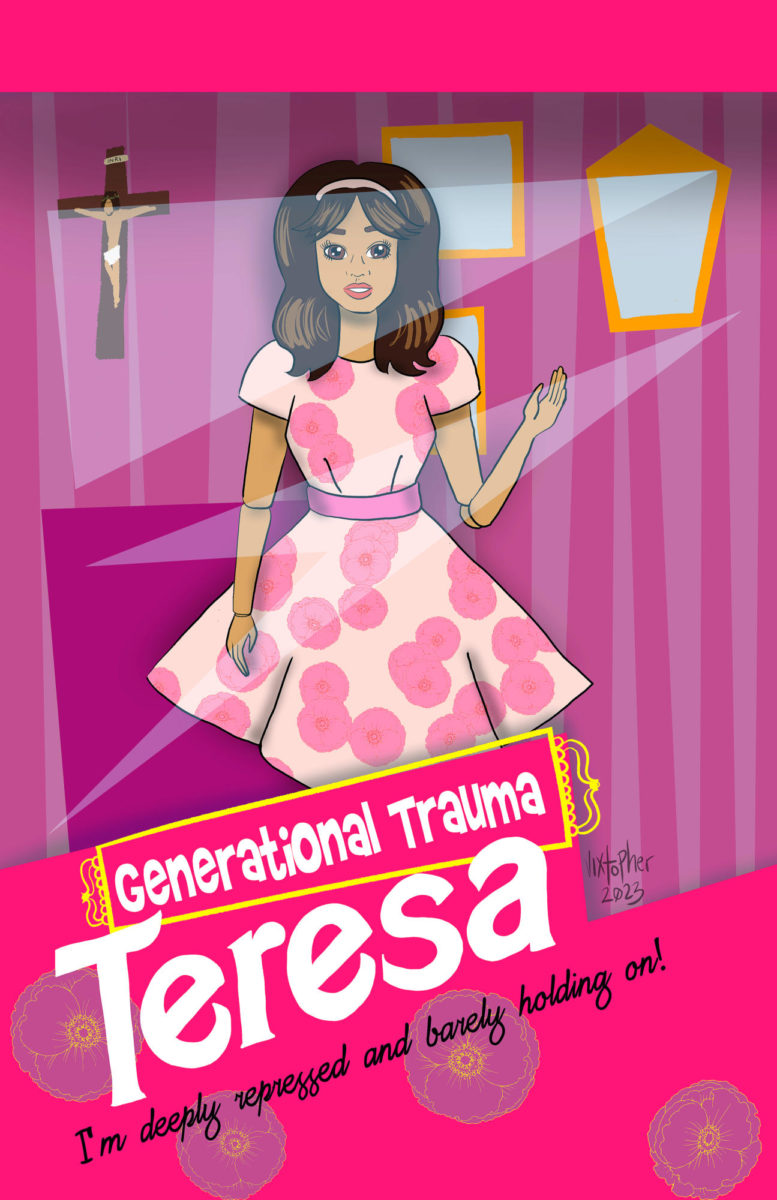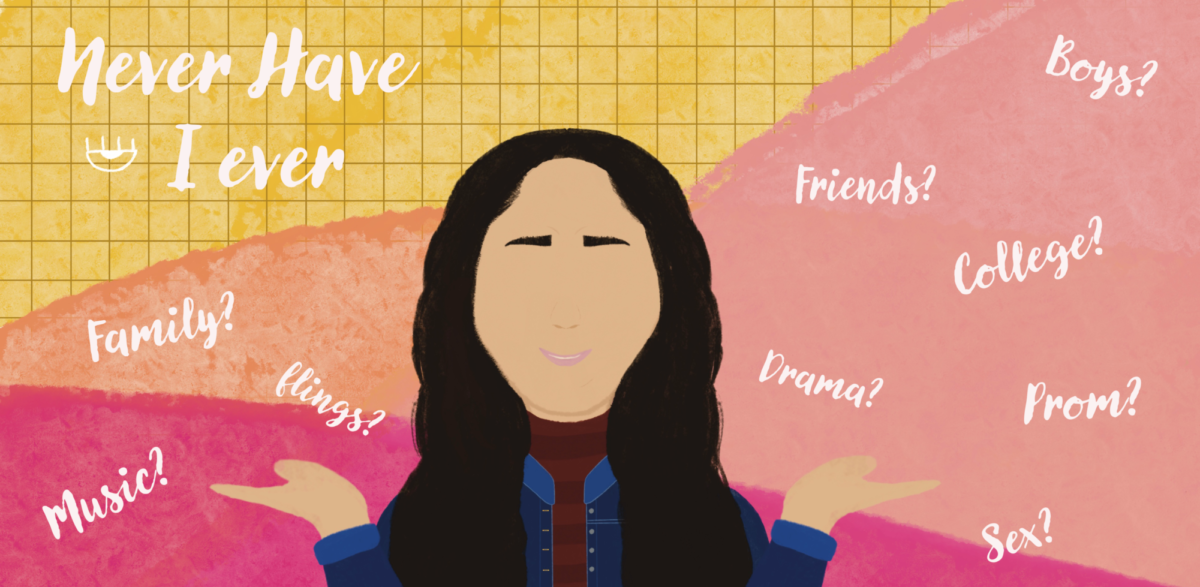Directed by Greta Gerwig, known for her work on films like “Ladybird” and “Little Women,” directs “Barbie,” the first live-action Mattel film since its inception in the early 1960s. To my readers, there are spoilers throughout the review.
“Barbie” follows residents in Barbie Land, a world that mirrors the “Real World.” In this world, there are several Barbies in positions of authority, from the President of Barbieland, to the Supreme Court and other important parts of society. We primarily follow “Stereotypical” Barbie, portrayed by Margot Robbie, and “Beach” Ken, as played by Ryan Gosling.
I will admit, I am a Barbie fan, even well into my 20s. Growing up, I was aware of the brand through the various toys my mother used to give me, and the early animated Barbie films, each movie would be an adaptation of a play or a fairytale. My all-time favorite being “Barbie of Swan Lake,” an adaptation of the play Swan Lake.
When I first heard of the movie, I was cautiously optimistic, due to the amount of marketing and star power behind it. My fears were assuaged by the care with recreating physical sets similar to the toy line as well as the dresses that Margot Robbie’s Barbie presented in trailers and on the red carpet as well. The craftsmanship evident in the Barbie Land Dream Houses’ set designs, and the authentic recreations of Barbie’s expansive wardrobe. Not only dedication, but the love and care behind the movie, I wanted to see it. Within the movie, it spoke to the themes of existentialism, a philosophy that emphasizes individual existence, freedom and the art of choice. With the concepts of the “Real World” imposed onto Barbie, such as cellulite, and flat feet, she, and eventually “Beach” Ken, explore the “Real World” and end up exploring different facets of humanity and the complexity in being human.
Barbieland initially appears as a haven for its various Barbies, beneath the surface, a sense of uniformity begins to emerge. It is initially depicted favorability in the film, with the unlimited wardrobe possibilities and the fantasy of residing in Barbieland. However, as Barbie starts her transformation, the fantastical fantasies fade, giving way to the challenges of the “Real World”: living, fully aware of dying someday.
While presented as a one-off joke near the start of the film, “Do you guys ever think about dying?” acts as a turning point for Barbie, her eventual transition to humanity and anchoring the film’s overarching theme of the film.
After Barbie is exposed to diverse facets of the world, including being harassed by men, she finds herself alone, experiencing different facets of human emotions. This ended with her seeing the face of an elderly woman, and calling her beautiful. Arguably the first instance of seeing someone age from her point of view, and Barbie looks on at her with a smile.
Towards the end of the film, where Barbie confronts Ken, after unraveling his “Kendom.” solidified Barbie’s path to be human, with the all-too often aspect of being a woman, having to be the bigger person in relationships or situations with men. Within this conversation, she apologizes more than once about ‘leading’ Ken on. While they were both in a relationship at the start of the movie that seemed to be one sided, it should not have been solely on Barbie to be at fault. In the conversation, Ken kept thinking Barbie still wanted to be in a relationship, to the point of crossing a physical boundary by touching her, even as she gave verbal indication she didn’t. Not once did he apologize for taking over Barbieland, by the way, but accepts he has to be himself.While it touches on aspects of feminism and how the patriarchy ruins impressionable “Kens” who are looking for a purpose in the world, this film touches on the various aspects of humanity, in all its glory and downfalls. I would recommend this film to people; not just those who are interested in Barbie, but also an introduction to being at peace with their humanity.






